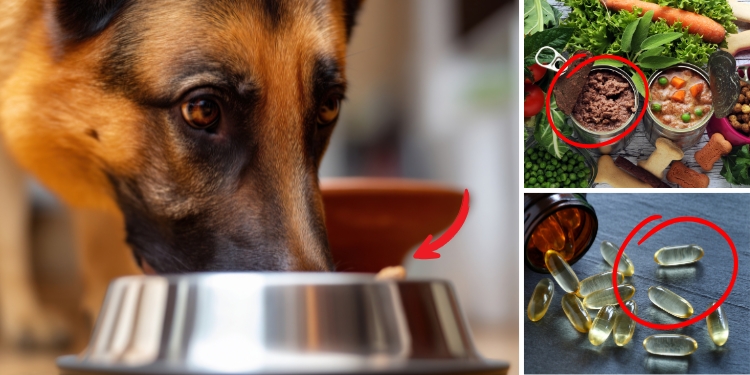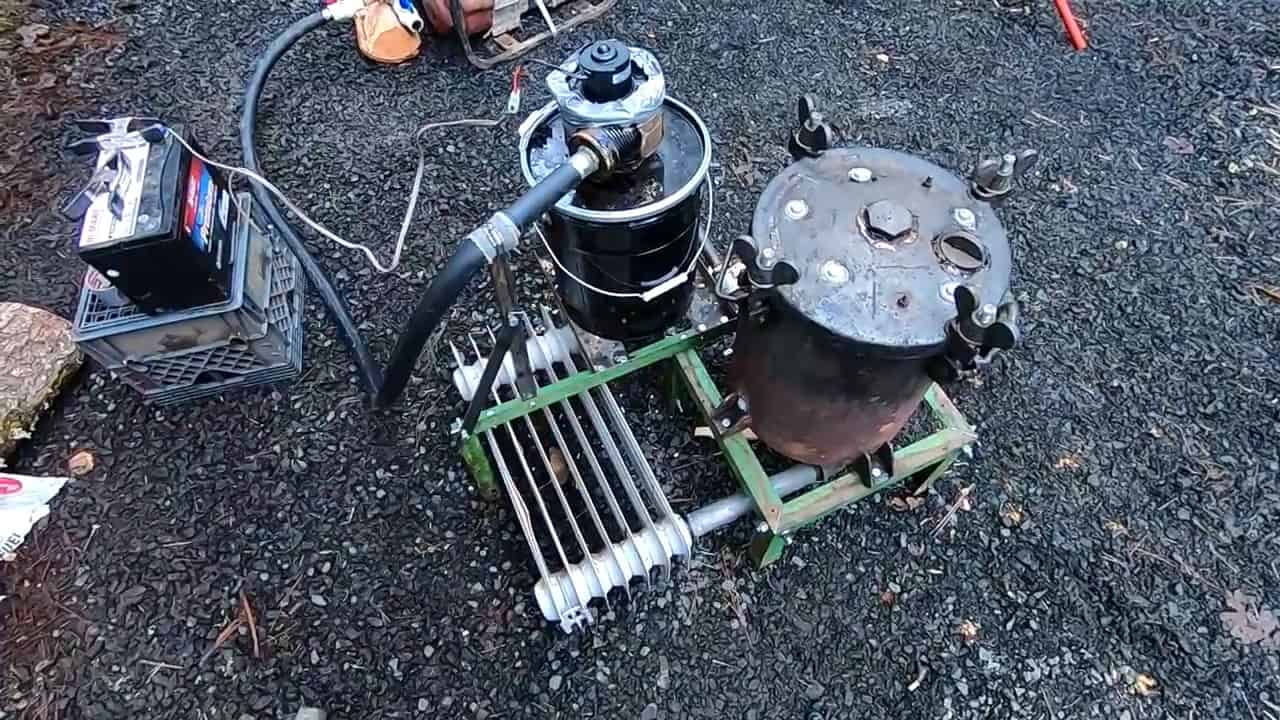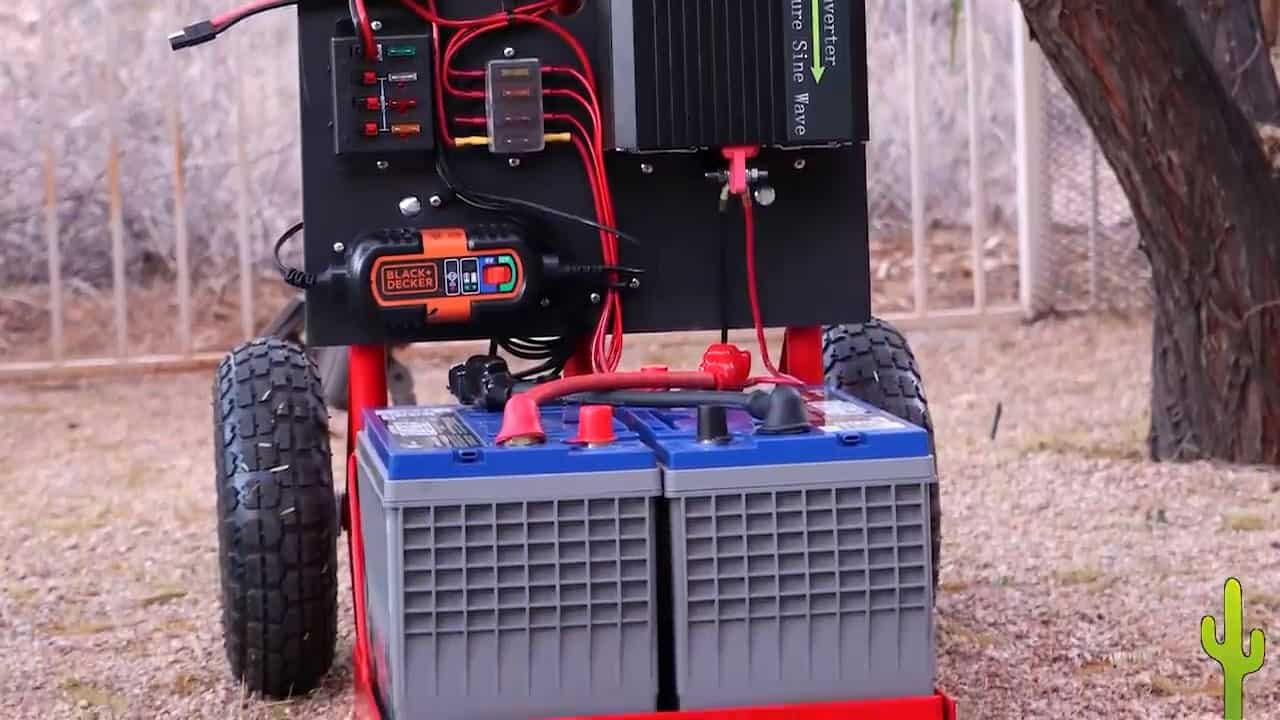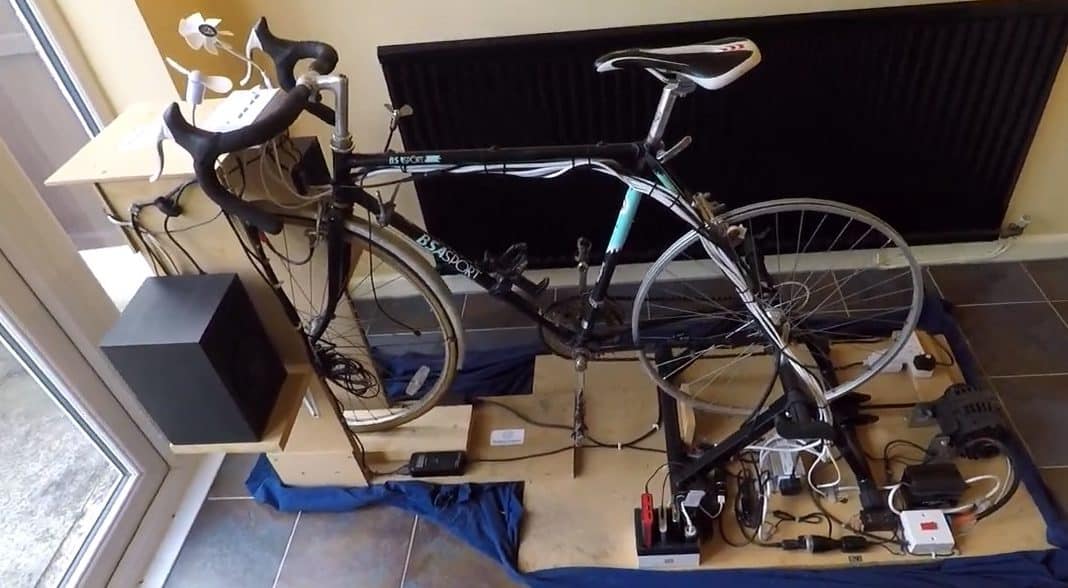Your pets aren’t just animals; they’re family. And if you’re a prepper, you’ve likely stockpiled food for yourself, but have you considered what happens to your pets when the grid goes down? Ensuring your pets don’t just survive but thrive for years is a crucial part of any serious preparedness plan.
After years of research and trial and error, I’ve developed a system to store pet food with a shelf life of 10 years or more. This guide will walk you through how to prepare long-lasting, nutritious food for your pets.
Step 1: Understand Your Pet’s Nutritional Needs
Before you start, understand that most commercial pet foods are full of fillers that can spoil quickly and aren’t ideal for long-term health. Dogs and cats are carnivores and require a diet rich in protein and fat. For long-term food storage, focus on a whole-food, high-protein base.
Step 2: Choose and Prepare the Right Ingredients
The key to long-lasting pet food is using ingredients that are shelf-stable.
- Dehydrated or Freeze-Dried Meats: Use freeze-dried or dehydrated chicken, beef, turkey, or fish.
- Freeze-Dried Organ Meats: These are essential for a nutrient-rich diet.
- Bone Meal Powder: Provides a necessary source of calcium.
- Dehydrated Vegetables: For dogs, dehydrated carrots, sweet potatoes, and green beans add fiber and nutrients.
- Supplements: Include supplements like taurine (essential for cats) and omega-3 capsules for skin and coat health.
While freeze-drying is the gold standard for shelf life, a good dehydrator can also work.
Step 3: Mix and Store for Long-Term
Proper storage is the most crucial step. Even the best ingredients will spoil if they are exposed to oxygen, moisture, or pests.
- Mylar Bags and Oxygen Absorbers: Fill Mylar bags with a week’s supply of pet food, add a 300cc oxygen absorber, and heat-seal the bag. Label each bag with the contents and date. Mylar bags are durable and provide an airtight barrier.
- Food-Grade Buckets: Store the sealed Mylar bags in 5-gallon food-grade buckets with gamma seal lids. These buckets are waterproof, pest-proof, and stackable. Store them in a cool, dry, and dark place like a basement.
- Rotate and Test: Every six months, pull out a random bag to check its quality and to ensure your pet stays used to the food. A sudden diet change can upset their stomach.
Pet-Specific Variations
Every pet has different nutritional needs. Tailoring your food storage to their specific requirements is key.
- Dogs: Dogs have more dietary flexibility. A mix of dehydrated beef, liver, and vegetables like sweet potatoes will provide a balanced diet.
- Cats: Cats are “obligate carnivores,” meaning they must eat meat. Their diet must include taurine, an amino acid essential for feline health. Without it, they can develop blindness or heart problems.
- Chickens: Chickens need prepping too. Store cracked corn, dried mealworms, and calcium supplements like crushed oyster shells. Vacuum-sealing feed in Mylar bags can extend its shelf life for years.
Bonus Tips
- Desiccant Packs: Add a desiccant pack to your bags to reduce moisture, especially in humid climates.
- Freeze First: Freeze your mix for 72 hours before sealing to kill off any insect eggs.
- Water Storage: Don’t forget that dehydrated food needs water to be rehydrated. Make sure your water storage plan includes extra for your pets.
- Can Humans Eat Pet Food?: In a true emergency, most commercial pet food is technically edible for humans, but it’s not a good long-term solution. The fillers and by-products can lead to health problems. A properly prepared, whole-food mix, however, is a much safer option.
Final Thoughts
Prepping for your pets isn’t a luxury; it’s a responsibility. With a little planning, you can ensure your furry companions will be just as prepared as you are. The peace of mind that comes with knowing your pets are covered for the next decade is priceless.




